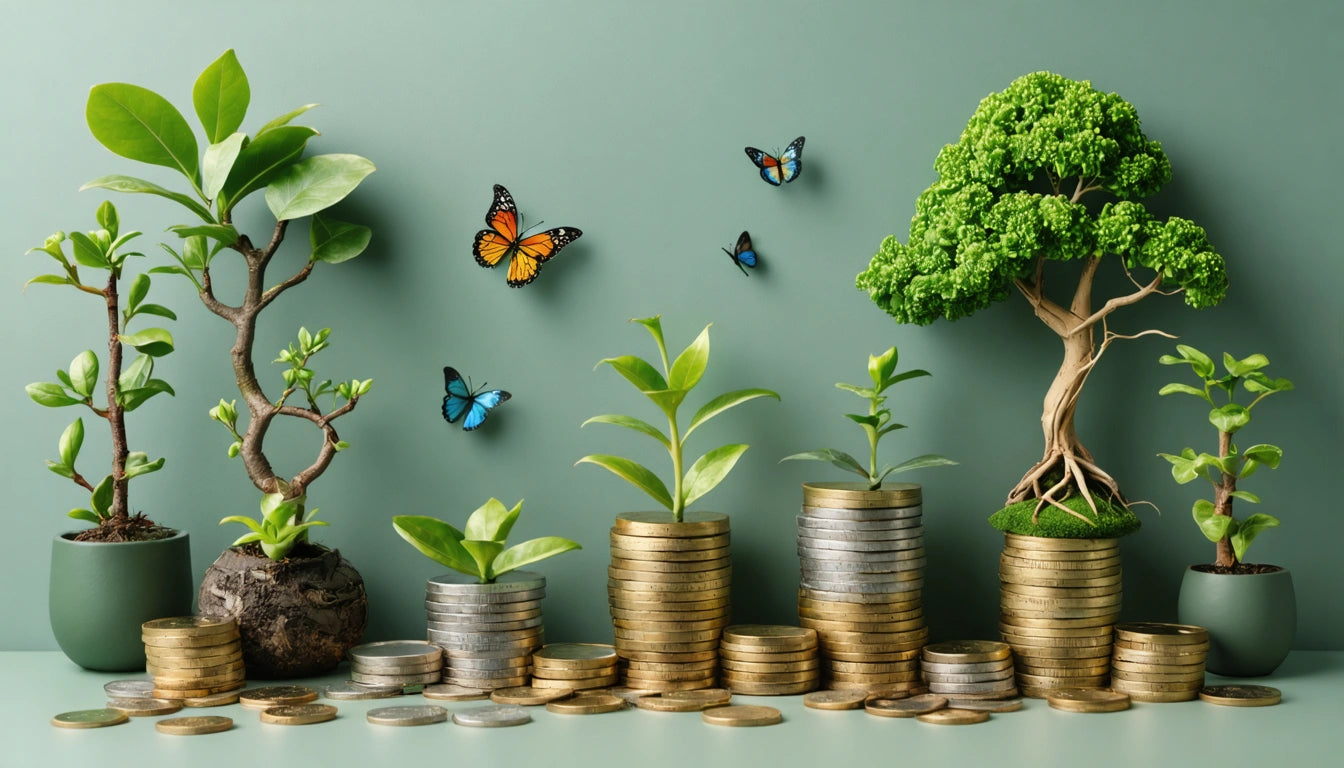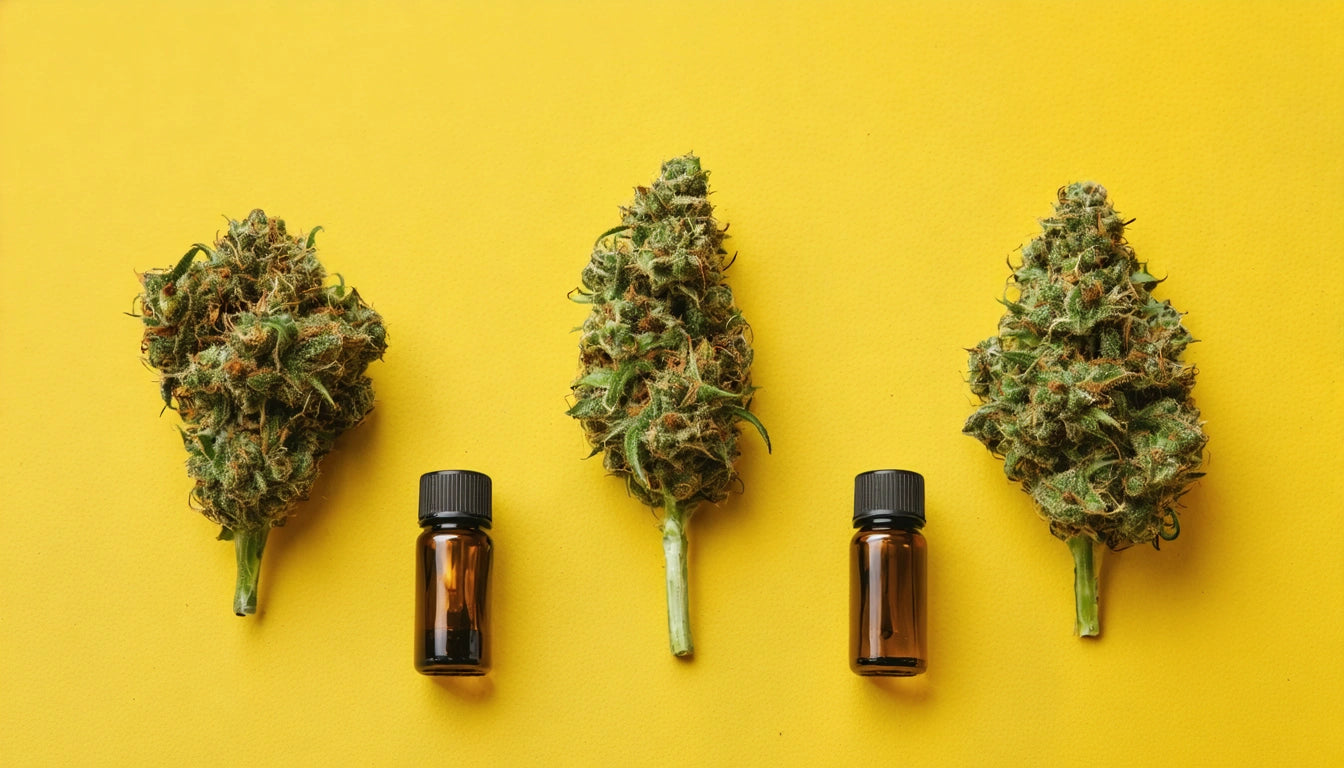Table of Contents
Understanding Container Board: The Basics of Cardboard and Its Alternatives
Container board forms the foundation of modern packaging solutions, providing structure, protection, and versatility across industries. Whether you're looking at a container made of cardboard or other material, understanding the composition, manufacturing process, and available alternatives can help you make informed packaging decisions for your products.
What is Container Board: Definition and Composition
Container board refers to the heavy paperboard material used to manufacture corrugated boxes and shipping containers. It consists of two main components: the linerboard (flat outer layers) and the medium (fluted or wavy inner layer). Together, these components create a sturdy, lightweight material that offers excellent protection and stackability.
The raw materials for container board typically include:
- Virgin wood pulp from softwood trees
- Recycled paper fibers (up to 70-100% in some products)
- Additives for water resistance, strength, and printability
According to detailed research on cardboard composition, the specific mixture of these materials determines the grade, strength, and applications of the finished container board.
The Manufacturing Process of Container Board
The journey from raw materials to finished container board involves several key steps:
1. Pulping
Wood chips or recycled paper are broken down into fibers using mechanical or chemical processes. This creates a slurry that forms the base material.
2. Sheet Formation
The pulp is spread onto a moving screen where water drains away, leaving a continuous sheet of paper fibers.
3. Pressing and Drying
The sheet passes through press rollers to remove additional water, then through heated drying cylinders to reduce moisture content to about 5-10%.
4. Finishing
The dried sheets are calendered (smoothed), coated if necessary, and wound into large rolls for conversion into corrugated board.
Types of Container Board and Their Applications
Container board comes in various grades and styles to suit different packaging needs:
Linerboard Types
- Kraft Linerboard: Made from virgin wood pulp, offering maximum strength
- Recycled Linerboard: Manufactured from recovered paper, environmentally friendly
- White Top Linerboard: Features a white surface layer for improved printability
Medium Types
- Standard Fluting: The wavy middle layer in corrugated board
- High-Performance Medium: Engineered for enhanced compression strength
The combination of different linerboards and mediums creates various container board grades, from lightweight mailers to heavy-duty industrial packaging. As explored in this guide on corrugated box packaging, the flute size (A, B, C, E, or F) further determines the board's characteristics.
Alternatives to Cardboard Containers
While cardboard remains popular, several alternative materials offer unique benefits for specific applications:
Rigid Plastic Containers
Plastic containers provide durability, moisture resistance, and reusability. They're particularly valuable for products requiring airtight storage conditions or those containing liquids. Many plastic containers also feature specialized safety mechanisms, such as child-resistant locking systems that protect contents while meeting regulatory requirements.
Flexible Packaging
Pouches, bags, and other flexible containers offer significant space efficiency and material reduction compared to rigid alternatives. According to research comparing flexible and rigid packaging, flexible options can reduce material usage by up to 70%.
Molded Pulp
Made from recycled paper fibers, molded pulp containers provide excellent cushioning and are fully biodegradable. They're commonly used for electronics packaging and food containers.
Glass and Metal
For premium products or those requiring maximum protection, glass and metal containers offer unparalleled barrier properties and perceived value.
Sustainability Considerations for Container Materials
Environmental impact has become a critical factor in packaging decisions. When evaluating container board and alternatives, consider:
- Recyclability: Standard container board achieves recycling rates above 90% in many regions
- Renewable Content: Virgin fiber comes from managed forests, while recycled content reduces demand for new resources
- End-of-Life Options: Cardboard recycling programs are widely available, making proper disposal convenient
- Carbon Footprint: Manufacturing impacts vary by material, with lighter options generally requiring less energy for production and transportation
Many brands are exploring creative reuse strategies to extend container lifecycles before recycling.
Choosing the Right Container for Your Products
Selecting the optimal container material involves balancing multiple factors:
- Product Protection: Consider physical, chemical, and environmental hazards
- Cost Efficiency: Packaging costs include materials, transportation, and storage
- Brand Alignment: Container aesthetics and sustainability profile should match brand values
- Regulatory Compliance: Some industries require specific container certifications or features
- Supply Chain Compatibility: Containers must withstand your distribution environment
The ideal solution often combines multiple materials, such as a cardboard outer box with internal plastic components for maximum protection with minimum environmental impact.
By understanding what container board is and exploring all available options, you can develop packaging solutions that protect products, please customers, and respect the planet. Whether you choose traditional cardboard, innovative alternatives, or a hybrid approach, informed material selection remains a crucial competitive advantage in today's packaging landscape.











Leave a comment
All comments are moderated before being published.
This site is protected by hCaptcha and the hCaptcha Privacy Policy and Terms of Service apply.